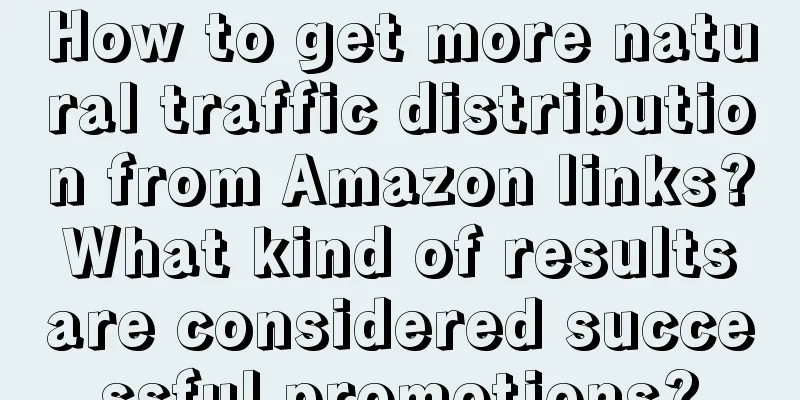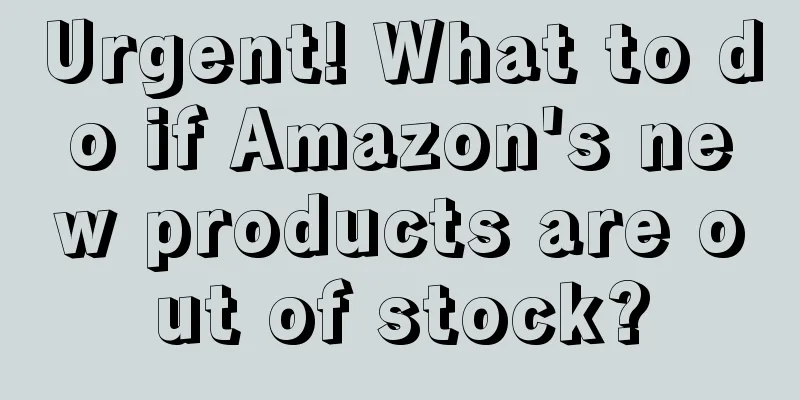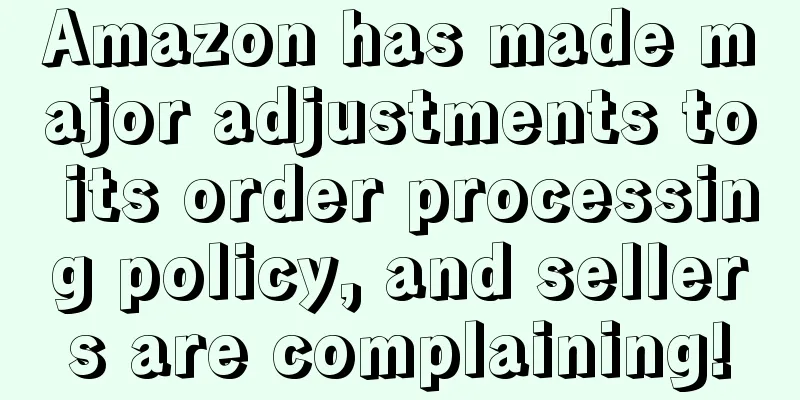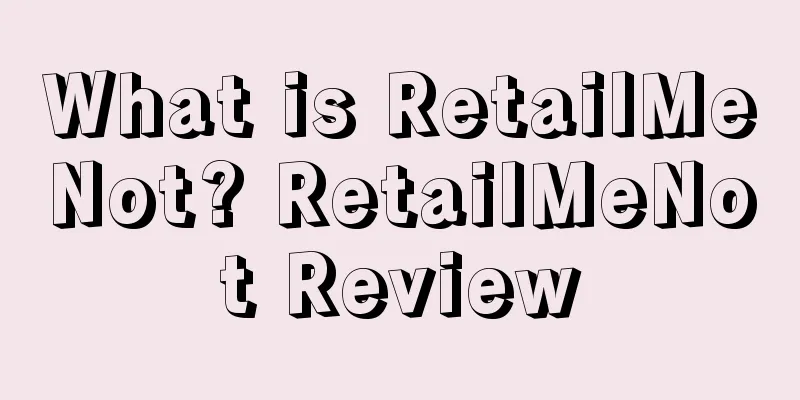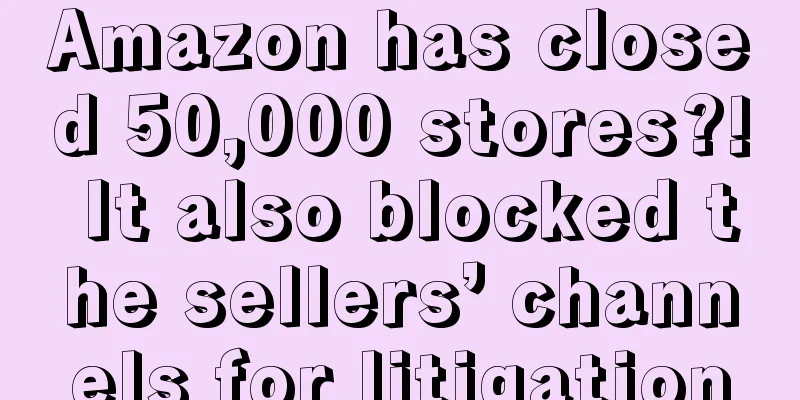The US has increased tariffs on China! Is this the darkest moment for sellers?
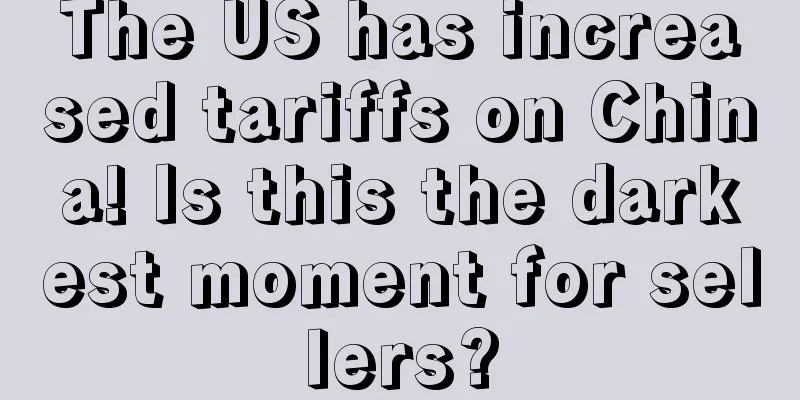
|
Recently, the United States has once again dealt a heavy blow to Chinese goods, raising tariffs to 20% , making the already struggling cross-border sellers even worse! Some sellers said bluntly: It is really difficult to do business in the US market now! The United States adjusts tariffs, and the killer move strikes again!
That’s not all! The United States also announced: The exemption of steel and aluminum tariffs for Canada, Mexico and other countries has been cancelled and a unified 25% tariff increase will be imposed! All imported steel and aluminum products, regardless of their country of origin, are subject to a 25% tariff! This wave of operations is equivalent to throwing a "depth bomb" on the global supply chain! The cross-border circle is wailing everywhere, and the thing that everyone is most worried about has happened! In the face of this wave of challenges, China quickly fought back! China's State Council Tariff Commission announced that starting from March 10, additional tariffs will be imposed on imported goods originating from the United States: Chicken, wheat, corn, cotton: 15% tariff Soybeans, pork, beef, aquatic products, fruits, vegetables, and dairy products: 10% tariff In addition, some of the US products involved will not be exempted , which means that this trade game will be difficult to end in the short term!
Many sellers have already begun to feel the cold winter of skyrocketing tariffs : Since mid-to-late February, the daily order volume of a large number of cross-border sellers has dropped to single digits! Some low-priced products have lost their competitiveness due to price increases, and conversion rates have dropped significantly! US consumers are holding back on spending due to price increases, causing sales to decline! Some big sellers have already started adjusting their strategies, for example: ✅Reduce dependence on the US market and actively explore markets such as Europe and Japan! ✅Optimize the supply chain structure and look for low-tariff alternative production areas such as Southeast Asia and India! ✅Increase product added value, avoid low-price competition, and break through with brand and quality! Some sellers even said bluntly: "The elimination rate of cross-border e-commerce will hit a new high in 2025. Only two types of people will survive: those who have a high-quality supply chain or those who know how to take advantage of the situation!" How can cross-border sellers break through?Today's Share Amazon refined advertising analysis and optimization SOP |
>>: Sellers must buy Amazon insurance before March 31st, otherwise their stores will be closed!
Recommend
Amazon's peak season is coming. How can we create hit products without using black technology?
This year is as difficult as last year for seller...
What is Haikong.com? Haikong.com Review
Haikong.com was formally established in 2013. It i...
Amazon account transfer change process and account transaction precautions
First, let’s summarize the pitfalls that seniors ...
What is Amazon Storefronts? Amazon Storefronts Review
Amazon Storefronts is an exclusive landing page fo...
How do Amazon sellers prepare for the peak season during the pandemic?
2020 was a difficult year for cross-border sellers...
Starting from scratch, Shopify's 30-day store opening tutorial - Day 14
How to optimize the store listing In the e-commer...
What is Blibli.com? Blibli.com Review
Blibli is an online shopping mall in Indonesia tha...
What is RevSeller? RevSeller Review
RevSeller is an Amazon tool that can help you chec...
There are new changes in Amazon A10 algorithm!
text Recently, many Amazon sellers have been caug...
What is Haixihui? Haixihui Review
Fujian Haixihui Cross-border E-commerce Alliance (...
TikTok is experiencing another big reversal? Dangers and opportunities for cross-border sellers
TikTok is undoubtedly the hottest topic in the cr...
What is MarkaVIP? MarkaVIP Review
MarkaVIP is an e-commerce website with a flash sal...
Amazon sales plummeted! Nearly 7 million sellers disappeared?
Normal, once there is data abnormality, such as s...
What is Amazon VCS? Amazon VCS Review
VCS stands for VAT Calculation Service, which is a...
Good news for cross-border e-commerce! The State Administration of Taxation supports the "tax refund upon departure" policy for exporting overseas warehouses
It is learned that recently, the State Administrat...


